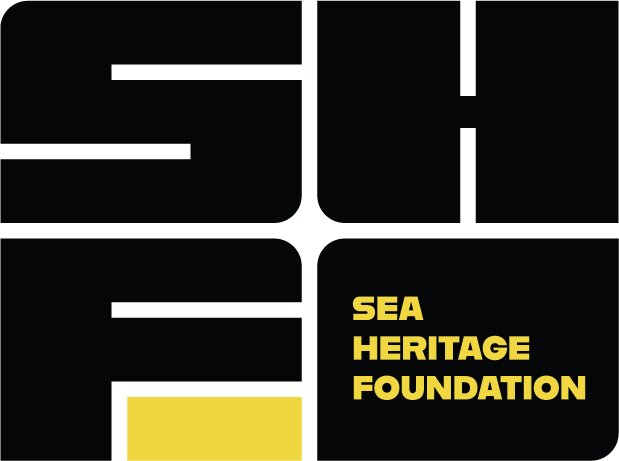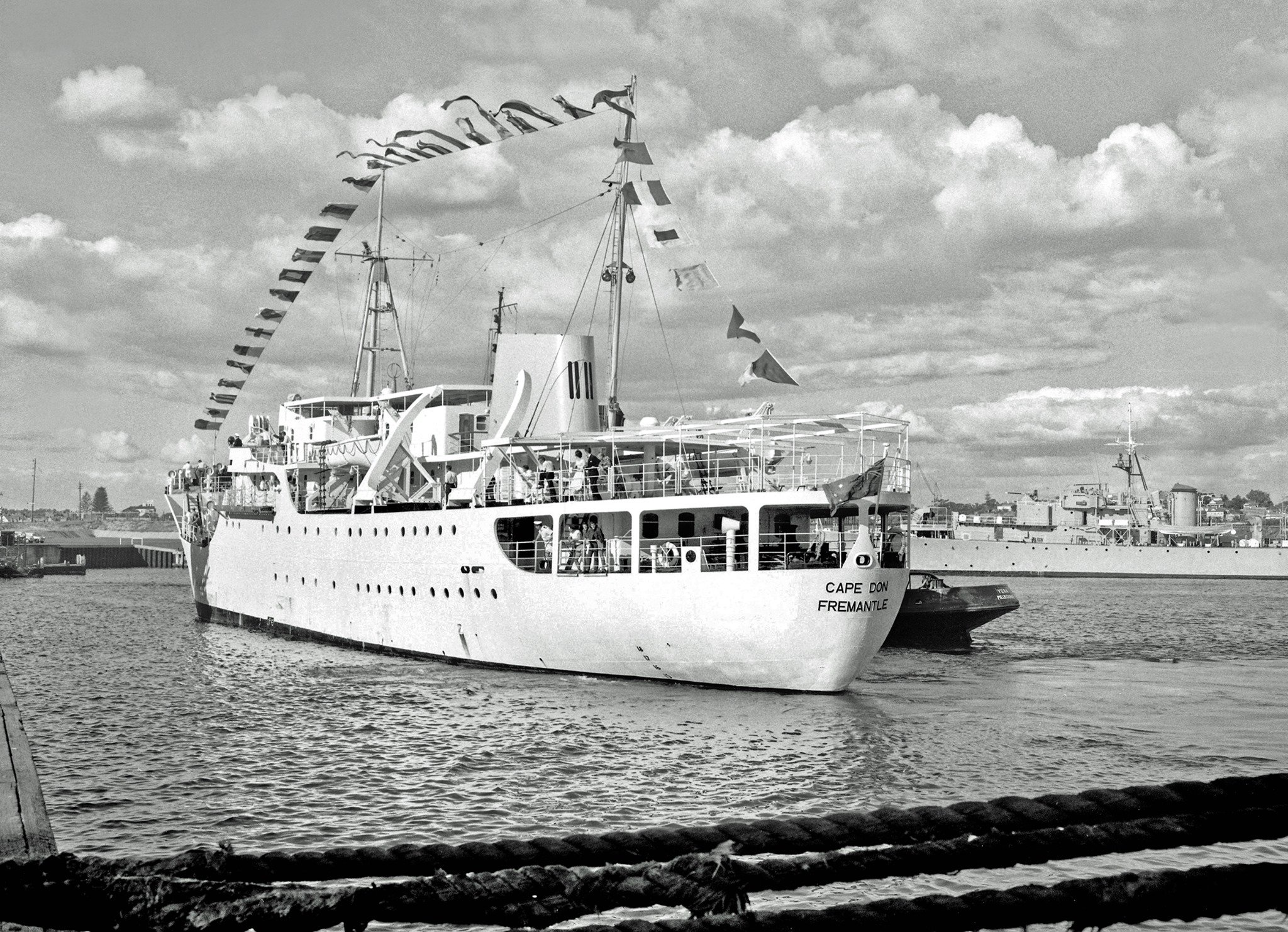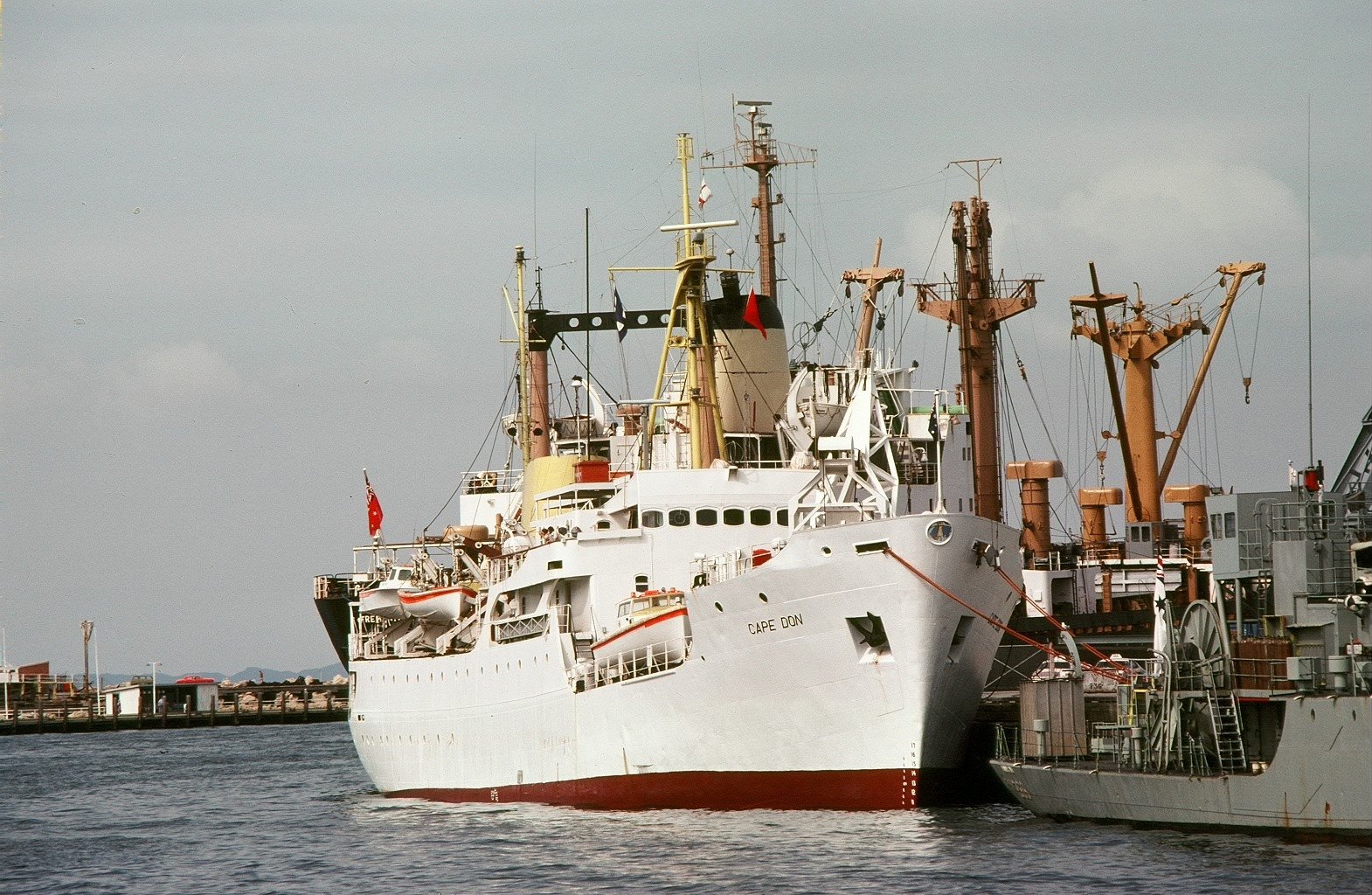Commonwealth Lighthouse Service (CLS) History.
The Commonwealth Lighthouse Service (CLS) in Australia has a rich and fascinating history that dates back to the early days of European exploration and settlement on the continent. Here's a brief overview of its history:
The red ensign of the Commonwealth Lighthouse Service
Early Establishment:
The need for lighthouses became evident as early as the late 18th and early 19th centuries when ships started frequenting the Australian coasts. In 1801, the first lighthouse in Australia, the Macquarie Lighthouse, was built on South Head, Sydney, using convict labour. However, the individual colonies were responsible for their own lighthouses at this stage.
State Lighthouse Services:
Each colony in Australia established its own lighthouse service to address the growing maritime traffic and safety concerns. These individual state lighthouse services were responsible for building, maintaining, and operating lighthouses within their respective territories.
Federation and Creation of the Commonwealth Lighthouse Service:
On January 1, 1901, Australia federated and became a nation. As part of the federation process, the Commonwealth of Australia took over certain responsibilities, and one of these was the administration of lighthouses. The Commonwealth Lighthouse Service (CLS) was officially established in 1915 under the "Commonwealth Lighthouse Act 1911."
Consolidation and Modernization:
The creation of the CLS led to the centralization and consolidation of lighthouse operations across the country. The Commonwealth Government took over the existing lighthouses from the states, and by the 1920s, the CLS was responsible for operating over 200 lighthouses and navigational aids around the Australian coastline.
MV Cape Pillar
MV Cape Don in Fremantle Western Australia
Ships of the CLS:
During the CLS years of operation, it operated a fleet of vessels that were used for servicing and maintaining the lighthouses and aids to navigation around the Australian coastline. These vessels played a crucial role in transporting supplies, equipment, and personnel to remote lighthouse stations and ensuring the proper functioning of the navigational aids. A list of these ships is provided below:
SS Lady Loch (iron screw steamer) - launched 1886 Melbourne, 487 tons gross, 337 tons net, 182.7 foot x 24.5 foot draught, registered Melbourne.
Acquired 1917. Built as an auxiliary gunboat in the Victoria Navy she was chartered by the Commonwealth in 1915 as a lighthouse tender. She was sold to be converted to a hulk in the 1930s when the first series of Cape ships came into service.
T.S.S Kyogle- built 1901 Glasgow, Scotland, 735 tons gross, 350 tons net, 180 foot x 30 foot, registered Brisbane. Acquired 1924. Bought in 1924 to replace the Governor Musgrave when that vessel was condemned as unseaworthy. Following the construction of the first Cape ships, she was sold in the early 1930's.
T.S.S Karuah - built 1908 Leith, Scotland, 399 tons gross, 185 tons net, 130.2 foot x 27 foot, registered Brisbane. Acquired 1916
S.S. Cape Leeuwin - built 1925 Sydney, 1406 tons gross, 495 tons net, 225 foot x 35 foot, registered Sydney. Built to Department of Transport specifications at Cockatoo Island Dock. During 1943-46 she was attached to the US Seventh Fleet engaged in hydrographic surveys in enemy waters ahead of the following invasion forces.
S.S Cape York - built 1925 Sydney, 1406 tons gross, 497 tons net, 225 foot x 35 foot, registered Sydney. Sold in 1965 to China.
S.S Cape Otway - built 1931 Sydney, 996 tons gross, 341 tons net, 197 foot x 34 foot, registered Sydney.
M.V. Cape Don - built 1963 Newcastle, NSW., 2106 tons gross, 715 tons net, 243 foot x 42 foot, registered Fremantle, WA.
M.V Cape Pillar - built Sept 1964 Newcastle, 2104 tons gross, 712 tons net, 243 x 42 foot, registered Melbourne. She was sold in 1989 to Darwin owners, renamed Kalymnian Express, and became a livestock carrier.
M.V. Cape Moreton - built 1964 Newcastle, 2106 tons gross, 715 tons net, 243 x 42 foot, registered Brisbane. She was sold in 1993 and became a tourist dive ship in the Indian Ocean.
MV Lumen - built 1975 Fremantle, WA., 264 tons gross, 157 tons net, registered 1976 Melbourne. She was designed to take over the minor tasks from the Cape ships in North Queensland.
Technological Advancements:
Throughout the 20th century, the CLS embraced technological advancements in lighthouse technology. Traditional oil lamps were replaced with electric lamps, and automation reduced the need for manual labour at remote lighthouse stations. The introduction of radio beacons and satellite navigation systems further enhanced maritime safety.
Decline and Integration:
As modern maritime navigation systems improved, the need for traditional lighthouses diminished. By the late 20th century, the CLS faced financial constraints and began decommissioning many lighthouses. Many lighthouses were automated, and some were sold or handed over to local communities or heritage trusts.
Australian Maritime Safety Authority (AMSA):
In 1995, the CLS was merged into the Australian Maritime Safety Authority (AMSA). The AMSA is now responsible for providing aids to navigation, including lighthouses, beacons, and other maritime safety infrastructure in Australian waters.
Heritage and Tourism:
Despite the decline in operational significance, many lighthouses remain iconic symbols of Australia's maritime heritage. Several decommissioned lighthouses have been preserved and restored, attracting tourists and history enthusiasts. They stand as a testament to the critical role lighthouses played in Australia's maritime history.
Today, the Commonwealth Lighthouse Service's legacy lives on through the continued preservation of historic lighthouses, the ongoing efforts of the Australian Maritime Safety Authority to maintain modern aids to navigation, ensuring the safety of vessels navigating the waters around Australia. The Sea Heritage Foundation which owns and maintains the only surviving ship from the CLS the MV Cape Don, permanently berthed at the Old Coal Loader Terminal at Waverton in North Sydney, New South Wales. The MV Cape Don is a testament to Australia’s shipbuilding past and to an era of great innovation in ship design and technology. With a combination of weld and riveted hull, a variable pitch propeller and many creature comforts of a liner for her passengers and crew the MV Cape Don is a time capsule to the past and a living national treasure.
MV Cape Don entering Frementle Port 1960s






